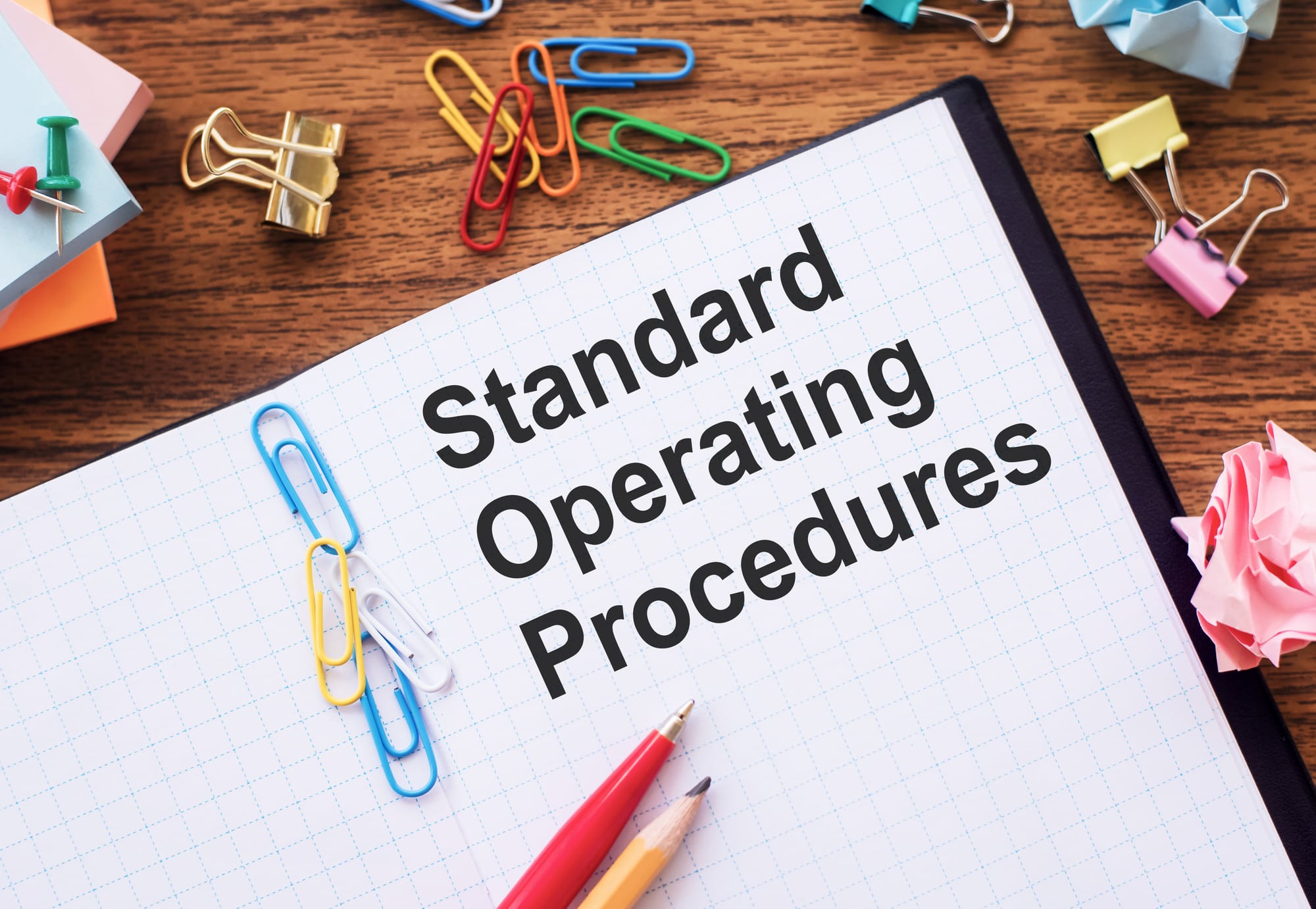Description
Transform your regulatory documentation process into a powerful operational tool and profit center with our seminar on "Writing SOPs and Work Instructions that Really Work." This seminar delves into the nuances of creating effective Standard Operating Procedures (SOPs) and Work Instructions that enhance business operations and ensure compliance.
Creating these critical documents requires a deep understanding of various elements. You must be familiar with relevant regulations, comprehend how end-users will utilize these documents in their workflows, and collaborate effectively with subject matter experts. Additionally, knowledge of human performance and learning, as well as skills in structuring operational documents with optimal layout, visuals, and language, are essential.
Technical writing, particularly for SOPs and Work Instructions, is a specialized skill often overlooked in traditional education. Life science professionals are expected to possess this ability, but many struggle to meet the high standards required. Readers of these documents also frequently lack the expertise to recognize quality writing, leading to mediocre and ineffective documentation.

SEMINAR OBJECTIVES
|
| WHO SHOULD ATTEND
|
This seminar equips you with the essential skills to master one of the most common tasks in the life sciences: writing SOPs and Work Instructions. You'll learn to maximize the impact of your words through effective technical writing techniques.- Understanding Regulations: Learn the regulatory frameworks governing your documentation.
- User-Centric Writing: Discover how to create documents that users can easily follow and implement.
- Collaborating with Experts: Gain strategies for working with subject matter experts to gather accurate information.
- Human Performance Insights: Understand how people learn and perform best to tailor your documents accordingly.
- Effective Document Design: Explore best practices for structuring documents, using visuals, and clear language.
- Technical Writing Mastery: Develop the technical writing skills crucial for life sciences documentation.
|
| - Human Resources Department Management and Staff
- Training and Development Department Management and Staff
- Operations Department Management and Staff
- Manufacturing Management and Staff
- Production Management and Staff
- Engineering Department Management and Staff
- Technical Services Management and Staff
- Regulatory Affairs Management and Staff
- Documentation Departments
- Quality Assurance Management and Staff
|
AGENDA
DAY 1 (11 AM to 3 PM)Lecture 1:Where do SOPs and Work Instructions Fit? – An Overview
- The relationship between regulatory documentation (SOPs and Work Instructions), training and regulatory compliance, operational excellence, and why it is important.
- The purpose and function of SOPs and Work Instructions.
- The Documentation and Operational Performance Model.
- The relationship of corporate knowledge to value and human performance.
- Includes reference to FDA 21 CFR Part 820 for QSR and ISO 9001:2015 for QMS.
The Rules of Technical Writing
- Readability.
- Understand the content.
- Use signposts.
- Don’t violate standards.
- Technical terms.
- Structuring and formatting your documentation – templates.
- Harmonize your documentation.
Lecture 2:Regulatory Compliance and SOPs and Work Instructions
- Manage documentation.
- Where and why procedures are required.
- The need to be a successful writer in the life sciences.
The Technical Writing Process
- Analyze the audience.
- The reader profile.
- The project team.
- Executional considerations.
- Planning the content – the outline.
Session 3:Gathering Technical Information – Working with Subject Matter Experts
- Relationship building.
- Active listening.
- Paraphrasing.
- Questioning.
- Avoiding Assumptions.
- Remove communication barriers.
- Challenge.
- Compromise.
- Setting expectations.
- The data gathering process.
Utilizing Graphics
- Types of graphics.
- Typical photographs.
- Digital photographs.
- Drawings.
- Typical schematics.
- Flowcharts.
- Tables and graphics.
|
| DAY 2 (11 AM to 3 PM)Session 4:Ensuring Accuracy and Utility
- Goals of the review.
- Review the criteria.
- What to look for.
- The document review.
Technical Writing Basics
- Use clear and concise language.
- Avoid jargon.
- Define the unfamiliar.
- Brevity.
- Simplicity.
- Write clearly.
- Make good word choices.
- Be clear and concise.
- Using active and passive voice.
- Organize your content.
- Separate action steps from information.
Session 5:What are Tasks
- Grouping tasks.
- Constructing action steps.
- Using action verbs.
Grammar Mechanics
- Grammar.
- Numbers.
- Abbreviations.
- All-inclusive words.
- Synonyms.
- Vocabulary.
Session 6:Special Considerations
- Non-native language considerations.
- Controlled English.
- Global English.
- Focus on ISO 30401:2018 for knowledge management systems.
Technical and Process Descriptions
- Technical processes.
- Procedures and work instructions.
|



